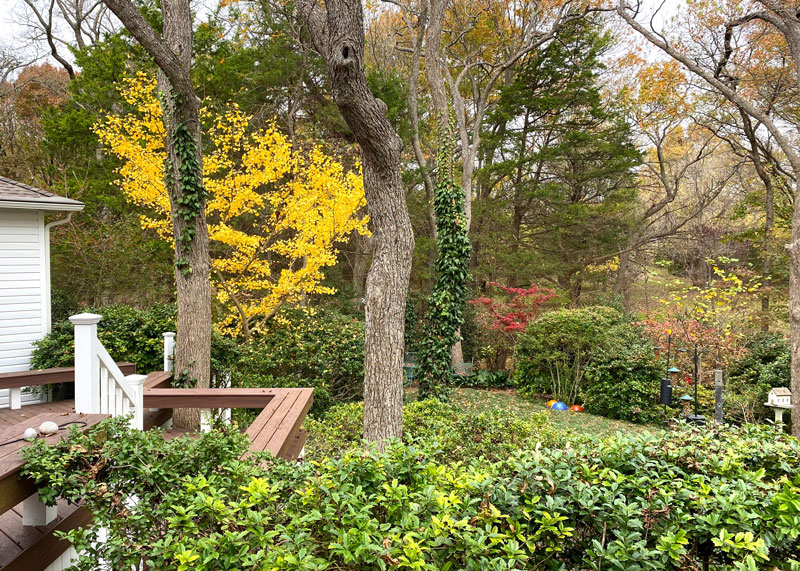Ginkgo Gold
Other than beautiful East Texas, most of our state isn’t well known for outstanding fall color. Much as we hate to admit it, the North and Northeast get higher scores than we do.
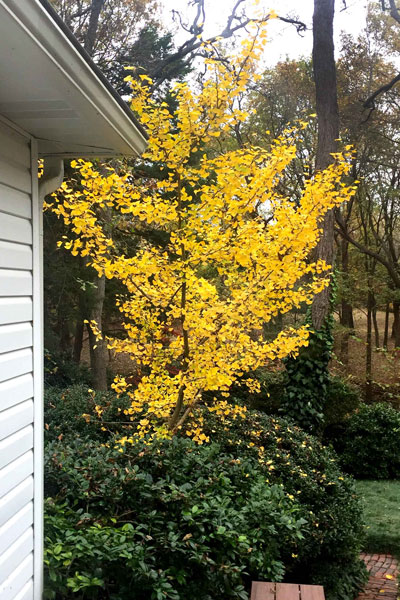
But there are several plants that stand out, and ginkgoes are high on my list. Granted they don’t turn all shades of purple, red and orange, but their yellow foliage is nothing short of spectacular.
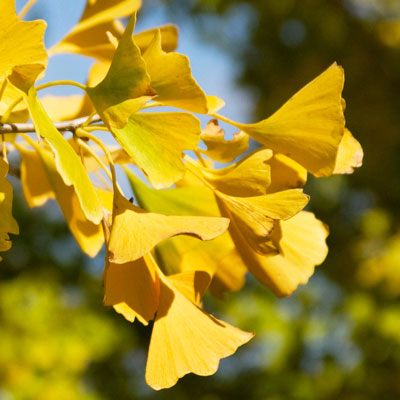
But there’s a lot more to tell about this unusual tree. If you allow yourself to consider evolution of plant species, ginkgoes make an interesting study. Their leaves look like ducks’ feet, with veins resembling fused pine needles. And, the comparisons don’t stop there. Ginkgo fruits are actually soft, fleshy cones (that smell really bad). Like magnolias, they share an odd place in botany: cone-bearing species that bridge into the category of broadleafed plants, that is, without needle-like foliage.
Those putrid-smelling cones may be one reason we don’t see more ginkgoes in modern landscapes. The biggest advancement in the species came with the development of superior male (fruitless) selections such as the best-selling ‘Autumn Gold.’ Nurseries offer grafted specimens in 7-, 10- and 20-gallon containers (and larger).
For all those millions of years, ginkgoes grew only from seeds, and there was a 50-50 chance of getting a female tree in the process. Only as a tree neared maturity and came into reproductive age could you determine if you had a male or female specimen.
And the stories don’t end there. Ginkgoes are historic trees – unlike any others. They’re preserved in fossil remains from the United States, Europe and Greenland. The Arnold Arboretum of Harvard University says they can be traced back 180 million years, meaning they shared the earth with the dinosaurs. (That makes a fine story for a parent or grandparent to tell as a youngster helps plant a new tree in the yard.)
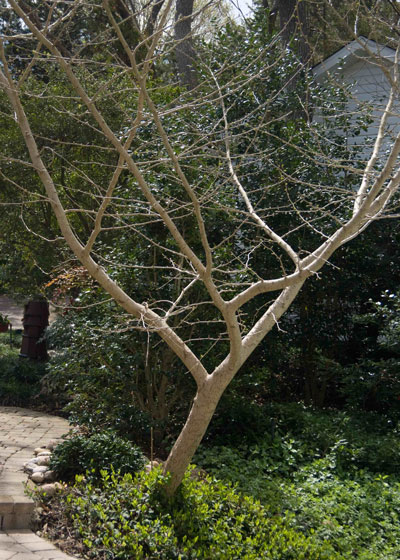
Ginkgoes are old favorites in Asia. The Arnold Arboretum reports one specimen in Korea can be traced back more than 1,100 years. A ginkgo at the entrance to a Tokyo temple is more than 700 years old and more than 9 feet in diameter.
All that, and ginkgoes still didn’t make their way to America until William Hamilton brought them to his Philadelphia garden in 1784. Architect Frank Lloyd Wright was fond of the tree, enough so that he designed his studios in the early 1900s around a young (4-inch diameter) ginkgo that still stands in the east courtyard.
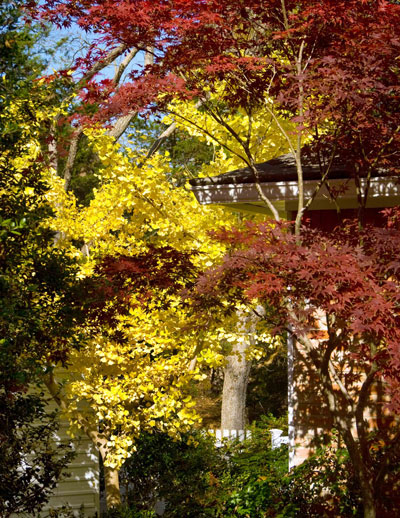
Ginkgoes grow to be 30 to 40 feet tall and wide (much larger farther north), so they need to be planted away from power lines. If you want your tree to attain full size and form, plant it in full sun, where it can grow unencumbered by other trees nearby. It won’t grow rapidly. Give it good care and attention, and it will progress at roughly the same pace as magnolias. Insects and diseases seem to leave ginkgoes completely alone. I’ve had my older tree for almost 40 years, and I’ve never seen any problem.
Great trees, those ginkgoes!

